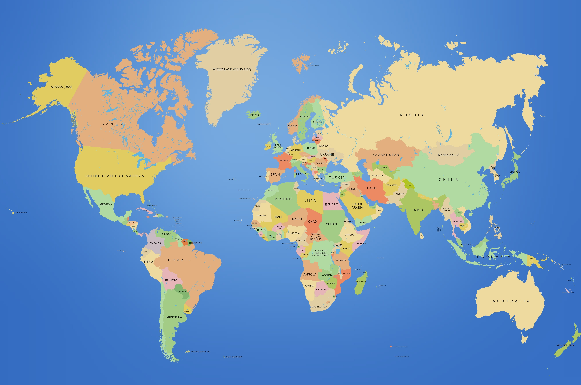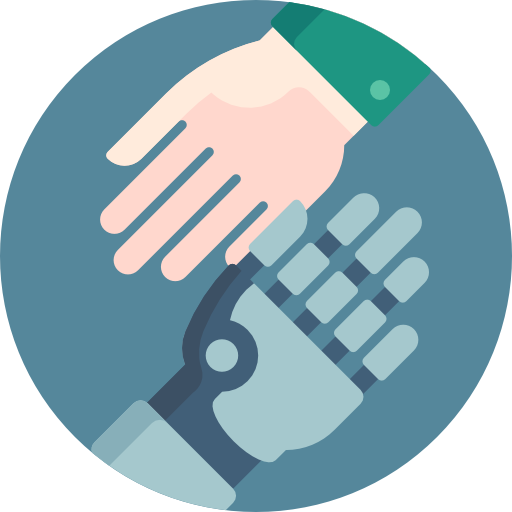What can we learn from the past?
Predicting the product matching future – can you imagine a task more difficult? In the age when everything around us is changing, when technology progresses faster than ever, in directions that hardly anyone has envisaged before – we need to predict the future of a discipline which is less than 20 years old. But, before looking into the future, let’s take a quick look at the past – the past usually helps predict the future, doesn’t it?
20 years ago, product matching did not exist – it was simply not there, because no-one needed it. With the emergence of price monitoring tools came the need to compare the prices – and the comparison was possible only if products were properly matched (I like this expression: comparing apples to apples, not apples to oranges)
At first product matching was performed by local teams, which was a very expensive solution, knowing that most of these were located in Western countries. Then some of these teams got near-shored (Eastern Europe, ex-Soviet countries), and later on completely off-shored – over to Asian countries like India, Philippines and Bangladesh. The quality of work was initially questionable, but later on improved, with introduction of more and more QA.
Finally, in last 5 years we have seen a breakthrough in machine learning technology, with software solutions being able to perform product matching with 90-97% accuracy. So, what can we expect in the future?
The need for accuracy will stay for good
Wrongly matched products lead to wrong pricing decisions – very costly mistakes, in some cases for company’s revenue, in other cases for profitability, and in many cases for both.
95% correctly matched products still mean that one product in twenty has been compared to a wrong competitor product, and it most likely has a non-optimal price. In other words, remaining 5% come with unacceptably high cost. Therefore, the solutions of the future will have to come with 99% accuracy, or higher

Human and geopolitical trends

As we have learned from past 15 years, product matching will for long need higher or lower degree of human work. The reality of economics says that human work comes cheaper in countries with higher population, and lower economic opportunities. Asian countries currently act as hubs for product matching teams – but for how long?
India’s economic progress resembles the one of China, though Philippines and other South-Asian countries are lagging behind. On the other hand, African countries have unprecedented fertility rates. If Internet infrastructure and education levels improve, we may see overpopulated African countries, like Nigeria and Congo being new destinations for offshore product matching projects.
Technological trends
Machine learning gets better and better in automated image processing, and text semantics. The amount of data available to machine learning models is getting bigger and bigger. Each new generation of AI-powered product matching solutions comes with higher accuracy, slowly getting close to 100%.
But, will AI become so smart that it can fully take product matching from humans? I wouldn’t be so sure about it.
Of course, next years will bring even more sophisticated algorithms – but that last mile, that last 1% of matching (or matching QA) will for long have to be done by humans. Seems to me that humans and AI will have to get used to work together, the same trend we see across various industries.
The future
As previously elaborated, it’s hard to predict what will happen in a field that did not exist 20 years ago. Furthermore, this field is subject to several conflicting trends (human development, market trends, technology) – but several conclusions seem clear
- Product matching companies will be investing more into AI solutions
- More and more product matching work will get done by AI
- Human work will gradually move from highly developed, to poorer countries (Africa being the continent to watch)
We, at ProductMatching.AI know that keeping up to date with the above trends is the only way to keep us competitive in ever changing market.
And what is your take on the future on product matching? Will it become fully automated? Will it become obsolete because of market consolidation? Do you see all human work moving to Asian countries? Please let us know, we would love to hear from you.

<<< Part 4: Product Matching History (2020-2024): Machine Learning / AI

